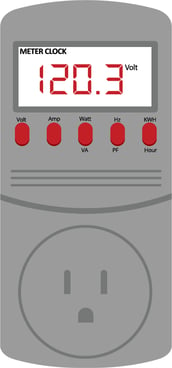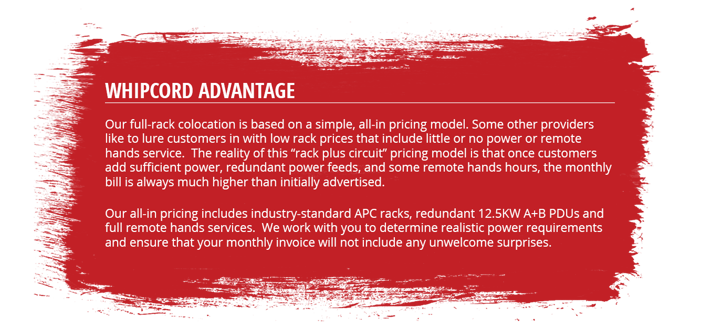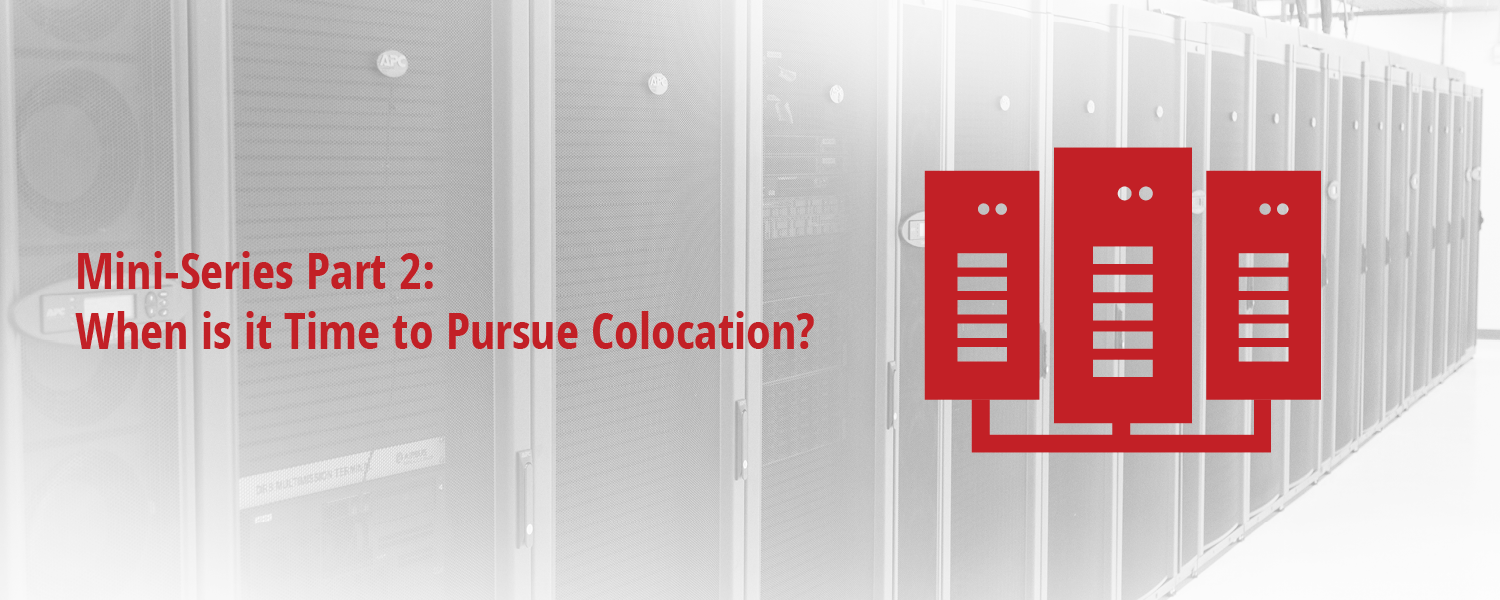In my previous post, we explored the difference between Volt-Amps and Watts, and came to the conclusion that, with today’s power-factor-corrected equipment, these two measurements are usually nearly identical.
With our “all-in” colocation pricing being based on power consumption, you may be left wondering, how much power do you need? A common mistake that customers make when estimating power requirements is to simply add up all the nameplate ratings from every piece of gear. This will result in over-provisioning of power and hence higher monthly colocation fees.
The nameplate rating (the power requirements printed on the back of your equipment) represents the absolute maximum capability of the equipment’s power supplies. However, the equipment will never operate at the maximum capacity of its power supplies; that would be very poor engineering. The equipment will be designed such that, even when maximally configured and running at 100% utilization, the power supplies will still be operating well below maximum output.
 Most manufacturers provide planning tools which can help you determine the actual, real-world power requirements for your servers and storage. For example, with Dell’s Enterprise Infrastructure Planning Tool or HPE’s Power Advisor you can specify the exact configuration of your server and determine its power requirements under various CPU loading conditions. Using the worst case of 100% CPU load, a sample Dell R630 dual processor configuration requires 377 Watts. This configuration includes dual 750W power supplies, so simply using the nameplate rating would have resulted in nearly 100% over-provisioning of power (or nearly 300% if the two power supply ratings were mistakenly added together).
Most manufacturers provide planning tools which can help you determine the actual, real-world power requirements for your servers and storage. For example, with Dell’s Enterprise Infrastructure Planning Tool or HPE’s Power Advisor you can specify the exact configuration of your server and determine its power requirements under various CPU loading conditions. Using the worst case of 100% CPU load, a sample Dell R630 dual processor configuration requires 377 Watts. This configuration includes dual 750W power supplies, so simply using the nameplate rating would have resulted in nearly 100% over-provisioning of power (or nearly 300% if the two power supply ratings were mistakenly added together).
In cases where these tools are not available, another alternative is to measure the actual power usage of the device. This can be done with an inexpensive power measurement device, such as the “Kill-A-Watt” meter which is available from Home Depot or Amazon for around $20.
Taking the time to use vendor power planning tools or take measurements of your equipment will result in much more realistic power requirements and significantly reduce your colocation costs.

-1.png?width=1092&height=792&name=logo%20(1092x792)-1.png)
%20copy(black%20letters).png?width=1092&height=792&name=logo%20(1092x792)%20copy(black%20letters).png)




.png?width=100&height=91&name=white%20logo%20(100x91).png)